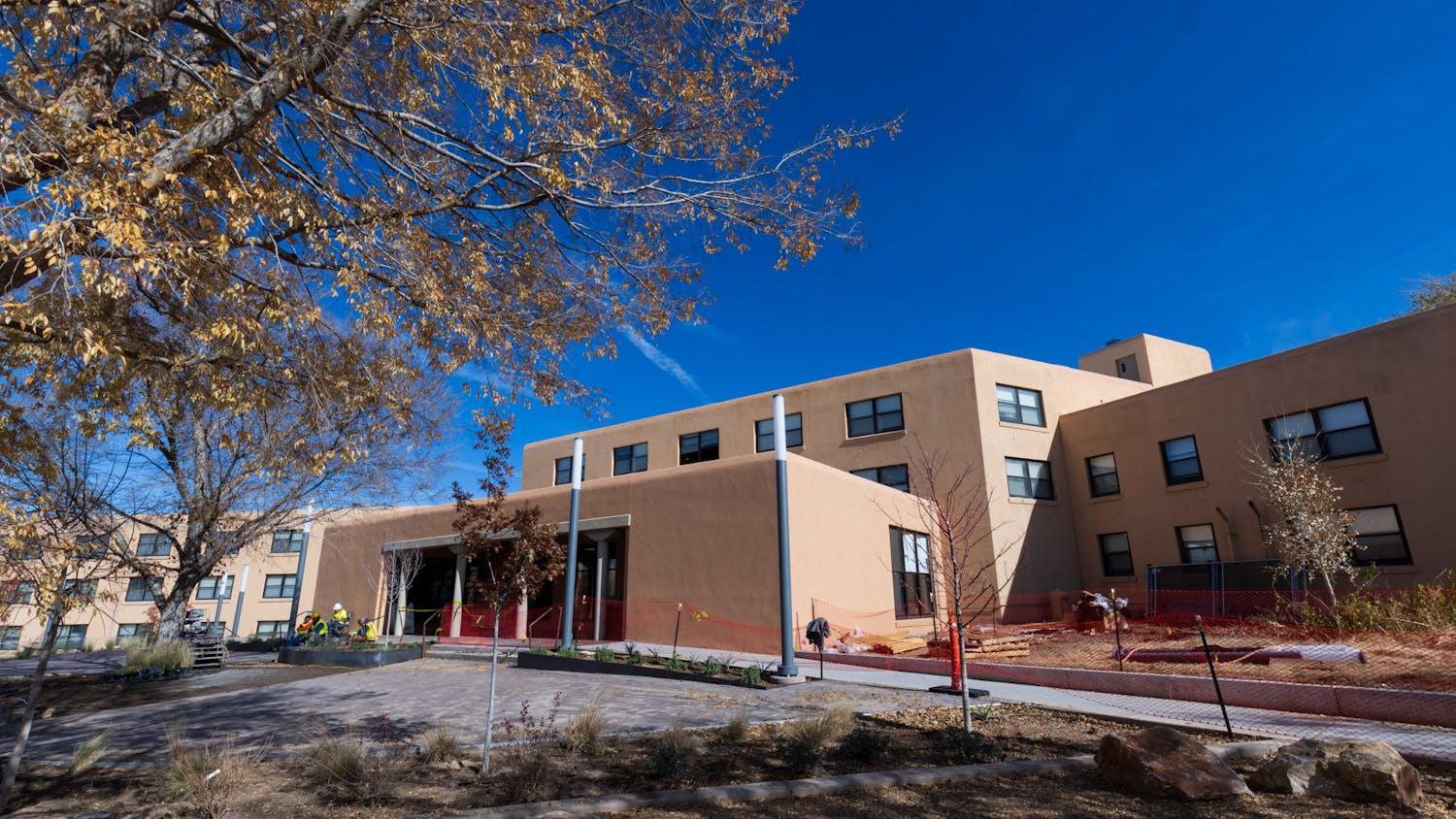On Tuesday, Nov. 19, Laura Banks, president of the nonprofit Bird Alliance of Central New Mexico, spoke about migratory birds to a nearly full audience at Los Poblanos Historic Inn & Organic Farm.
Banks told the Daily Lobo that during this time of year, the most visible birds in New Mexico are sandhill cranes, Canada geese, waterfowl and different species of ducks.
Migratory birds almost double their body weight during migration season to store fat, which they use as fuel while flying, according to Banks.
“After migration, they just burn it all off,” Banks said. “When they’re not migrating and not breeding, they're eating.”
The presentation was part of a monthly lecture series at Los Poblanos.
Kate Garner, the culture and community event director at Los Poblanos, said it has been hosting the lecture series since 2021.
“We’ve never done a talk on migratory birds, but it's one of the main things people are interested in when they visit Los Poblanos in the fall,” Garner said. “I was very lucky to get one of our local experts to come and speak.”
Garner said the lecture series covers a broad range of topics, including New Mexico art, architecture, wine, food and history, but “talking about the natural world” is important to Los Poblanos. She said she hopes to have a future lecture on the local Bosque ecosystem.
During the lecture, Banks recommended an online tool called BirdCast. The program allows users to follow bird migrations by seeing how many migrating birds fly over an area on any given day during migration.
For example, nearly 3 million birds flew over Bernalillo County on the night of Sept. 24, Banks said.
Banks mentioned ways the community can help migratory birds, including by keeping pet cats indoors and reducing reflectiveness of windows.
“They don't just not see the window, they're actually seeing the reflection of trees behind them,” Banks said. “Those are the windows that birds hit; they just think it's a tree.”
Get content from The Daily Lobo delivered to your inbox
Over 1 billion birds are killed every year from building collisions, according to the American Bird Conservancy.
To help minimize this, Banks suggests pasting stickers on windows and removing house plants from windows.
Ray Dewey, a resident who attended Banks’ lecture, said he came because he lives in the area and sees lots of birds on his property, and wanted to learn more about them.
Dewey visited Bosque del Apache National Wildlife Refuge to see birds migrate at night during a full moon, he said.
“Everybody should do that. It's unbelievable,” Dewey said. “The raptors and birds — you can see the silhouettes of them flying.”
Banks told visitors they can get involved with local bird species by creating a wildlife habitat at home through the Albuquerque Backyard Refuge Program.
“It gives you some ideas on how to create habitat for all kinds of wildlife, pollinators, birds and different species of insects,” Banks said.
Leila Chapa is the social media editor for the Daily Lobo. She can be reached at socialmedia@dailylobo.com or on X @lchapa06
Paloma Chapa is the multimedia editor for the Daily Lobo. She can be reached at multimedia@dailylobo.com or on X @paloma_chapa88
Paloma Chapa is the multimedia editor for the Daily Lobo. She can be reached at multimedia@dailylobo.com or on Twitter @paloma_chapa88










